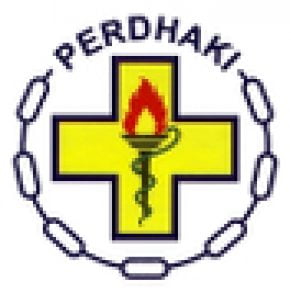Tujuan pembangunan millenium sebanyak 8 butir ditargetkan akan dapat tercapai pada tahun 2015. Dari 8 point yang ditargetkan terdapat 4 butir yang membahas upaya kesehatan yakni : Mengentaskan kemiskinan dan kelaparan, Mengurangi Tingkat Kematian Anak, Meningkatkan Kesehatan Ibu, dan Memerangi HIV/ AIDS dan penyakit Menular. Beberapa tujuan telah tercapai yakni angka kematian anak /AKA 34/1000 […]
Tag Archives: mdgs
Millennium development goals (MDGs) idea was firstly put forward during the Millennium Summit Conference of the United Nations Organization (UNO) in September 2000 in New York, USA., which was attended by 189 head of states and governments, and accepted by 147 among them. The main focus of MDGs is the development of the people by […]

